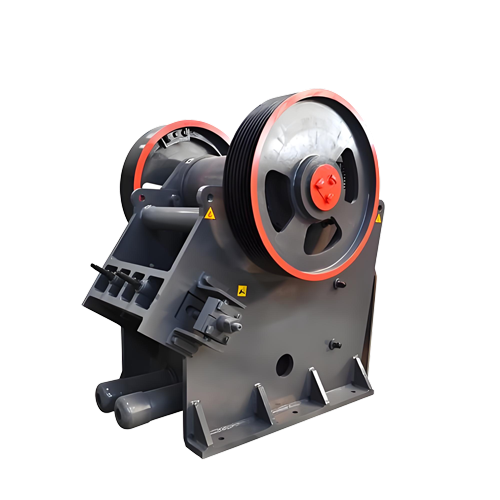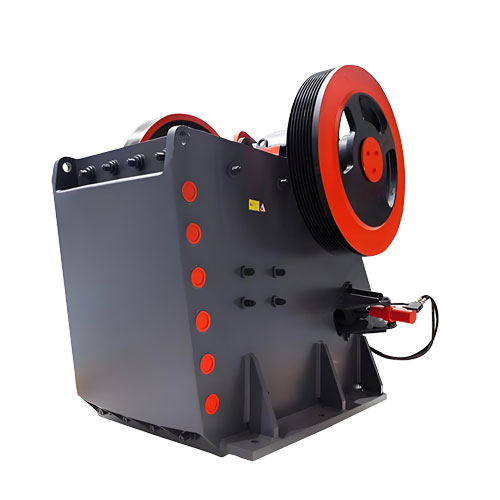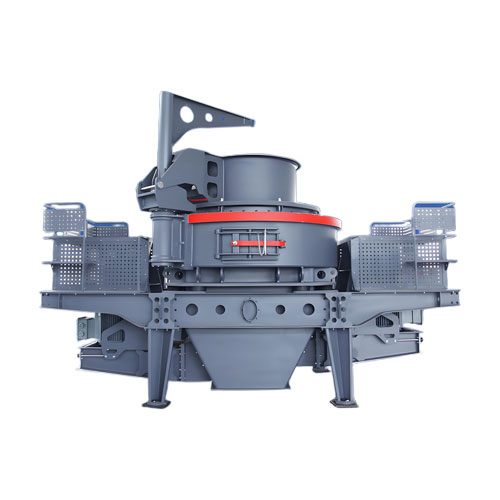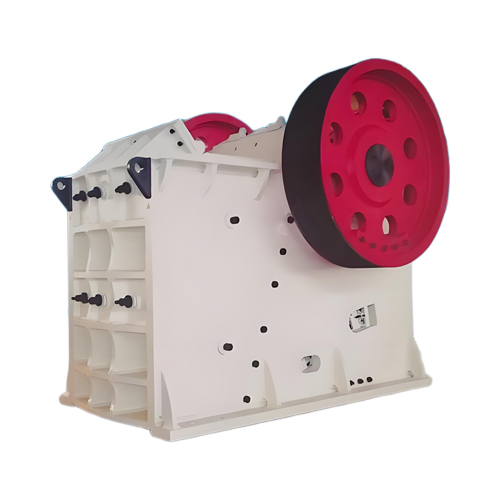Raymond mill vs vertical mill energy consumption
Working principle and energy consumption characteristics
1. Raymond Mill: This mill utilizes the principle of suspended roller centrifugal compaction, grinding materials through the rolling of rollers within the inner ring. Its structure is relatively simple, relying primarily on a spring-loaded system. Energy consumption is concentrated in the direct friction between the rollers and the material. While the equipment offers high stability, energy consumption increases significantly when processing fine powders or high-hardness materials, particularly under continuous high-load operation.
2. Vertical Mill: This mill utilizes a grinding disc and roller combination, with hydraulic pressure applied to achieve material grinding. Its unique feature is its “bed grinding” principle—the roller and disc are not in direct contact, and the material forms a buffer layer in the gap between them, reducing ineffective wear. This design enables the vertical mill to excel in energy control, especially in large-scale production, where its high efficiency and low energy consumption are remarkable.

Comparison of actual energy consumption data
● Energy consumption per unit of production capacity: According to industry data, vertical mills can consume as little as 17-20 kWh/t, meeting national Class I energy consumption standards. Raymond mills, on the other hand, typically consume over 25-30 kWh/t, a significant difference in energy consumption, particularly when processing fine powders.
● Long-term operating costs: Although the initial investment in a Raymond mill is lower, due to its higher energy consumption, the accumulated electricity costs in the long term are far higher than those of a vertical mill. For example, in a project with an annual output of 500,000 tons, the annual energy consumption of a vertical mill can save 20%-30% compared to a Raymond mill.
Application scenarios and energy consumption adaptability
1. Raymond mill: Suitable for small- to medium-scale production or applications requiring low fineness (typically <400 mesh). Its energy consumption is concentrated during low-load periods, making it suitable for intermittent production or businesses with limited budgets. When processing low-hardness materials (such as limestone), its energy consumption is relatively better than that of high-hardness materials.
2. Vertical mills: These are more suitable for large-scale continuous production (such as in the cement and metallurgical industries), particularly when processing high-hardness, high-volume materials. Their low energy consumption advantage is particularly pronounced. For example, when grinding slag and non-metallic ores, vertical mills consume only 60%-70% of the energy of traditional ball mills, while also offering superior stability.

Technology Upgrade and Energy Consumption Optimization
● Raymond mill: Energy consumption is 30%-40% lower than traditional Raymond mills, but overall it is still inferior to vertical mills. Its advantages are easy maintenance and low investment costs, making it suitable for small and medium-sized production lines.
● Vertical mill technology upgrades: Modern vertical mills are equipped with intelligent control systems and dynamic powder selectors, enabling precise control of powder fineness by adjusting the speed while further reducing energy consumption. For example, a new vertical mill consumes 15% less energy than an older model at the same production capacity, and its maintenance interval is extended.
Related Products
Inquiry
Please leave us your requirements, we will contact you soon.





